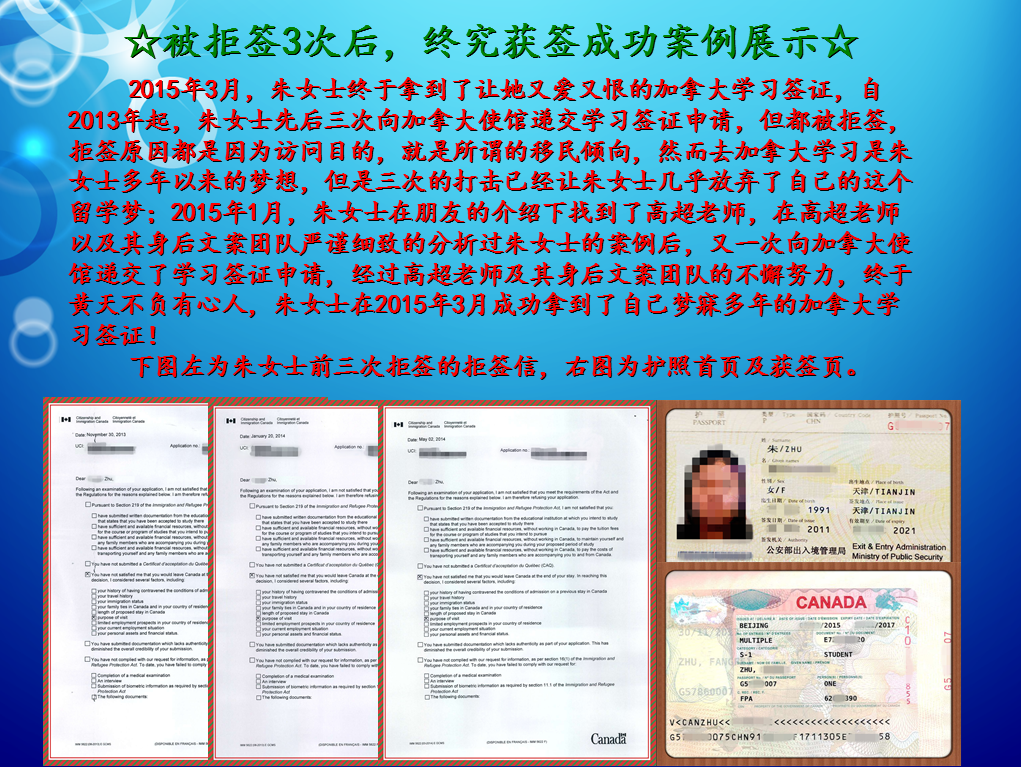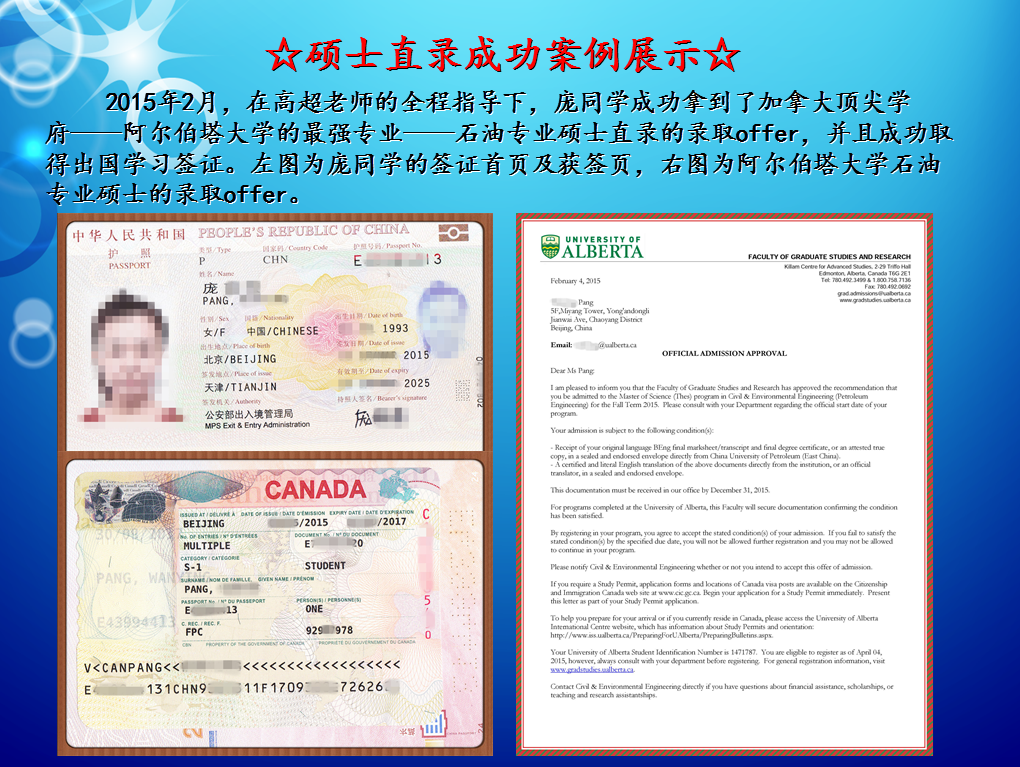雅思阅读真题题源之Biological Pest Control.
2017-08-07 257阅读
下面是一篇关于生物技术防治病虫害的雅思阅读真题题源。这篇雅思阅读真题题源的主要内容是生物技术防治病虫害的应用原理,应用过程,以及想ing的作用。但是大家也要注意使这个生物技术应用的恰到好处才行。
A. Biological control is, generally, human’s use of a specially chosen living organism to control a particular pest. This chosen organism might be a predator, parasite, or disease which will attack the harmful insect. It is a form of manipulating nature to increase a desired fect. A complete Biological Control program may range from choosing a pesticide which will be least harmful to benicial insects, to raising and releasing one insect to have it attack another, almost like a “living insecticide”.
B. Biological control methods can be used as part of an overall Integrated Pest Management (IPM) program to reduce the legal, environmental, and public safety hazards of chemicals. In addition, it may be a more economical alternative to some insecticides. Some biological control measures can actually prevent economic damage to agricultural crops. Unlike most insecticides, biological controls are often very specific for a particular pest. Other helpful insects, animals, or people can go completely unaffected or disturbed by their use. There is less danger of impact on the environment and water quality.
C. Biological control takes more intensive management and planning. It can take more time, require more record keeping, more patience, and sometimes more education or training. Successful use of biological control requires a greater understanding of the biology of both the pest and its enemies. Many natural enemies are very susceptible to pesticides, and using them successfully in an IPM program takes great care. In some cases, biological control may be more costly than pesticides. Often, the results of using biological control are not as dramatic or quick as the results of pesticide use. Most natural enemies attack only specific types of insects — unlike broad-spectrum insecticides, which may kill a wide range of insects. Though often an advantage, this can also be a disadvantage.
D. Biological control uses naturally occurring predators, parasites and diseases to control pests. There are three main ways to use these natural enemies against unwanted insect pest populations. Classical Biological Control (importation) involves traveling to the country or area from which a newly introduced pest originated and returning with some of the natural enemies that attacked it and kept it from being a pest there. New pests are constantly arriving accidentally or intentionally. Sometimes they survive. When they come, their enemies are lt behind. If they become a pest, introducing some of their natural enemies can be an important way to reduce the amount of harm they can do. Augmentation is a method of increasing the population of a natural enemy which attacks a pest. This can be done by mass producing a pest in a laboratory and releasing it into the field at the proper time. Another method of augmentation is breeding a better natural enemy which can attack or find its prey more fectively. Mass rearings can be released at special times when the pest is most susceptible and natural enemies are not yet present, or they can be released in such large numbers that few pests go untouched by their enemies. The augmentation method relies upon continual human management and does not provide a permanent solution unlike the importation or conservation approaches may. Conservation of natural enemies is an important part in any biological control fort. This involves identifying any factors that limit the fectiveness of a particular natural enemy and changing them to help the benicial species. Conservation of natural enemies involves either reducing factors which interfere with the natural enemies or providing needed resources that help natural enemies.
E. In addition to the introduction of predators, several microbial pathogens are fective against nematodes. They consist of a microorganism (e.g. a bacterium, fungus, virus or protozoan) as the active ingredient. They can control many different kinds of pests, although each separate active ingredient is relatively specific for its target pest (s). For example, there are fungi that control certain weeds, and other fungi that kill specific insects. The most widely used microbial pesticides are subspecies and strains of Bacillus thuringiensis, or BT. Each strain of this bacterium produces a different mix of proteins, and specifically kills one or a few related species of insect larvae. While some BT’s control moth larvae found on plants, other BT’s are specific for larvae of flies and mosquitoes. The target insect species are determined by whether the particular BT produces a protein that can bind to a larval gut receptor, thereby causing the insect larvae to starve.
编辑推荐:
雅思阅读真题文章结构特点
雅思阅读模拟文章之全球变暖
雅思阅读真题文章之How IQ Becomes IQ
留学咨询
更多出国留学最新动态,敬请关注澳际教育手机端网站,并可拨打咨询热线:400-601-0022
留学热搜
相关推荐
- 专家推荐
- 成功案例
- 博文推荐

Copyright 2000 - 2020 北京澳际教育咨询有限公司
www.aoji.cn All Rights Reserved | 京ICP证050284号
总部地址:北京市东城区 灯市口大街33号 国中商业大厦2-3层









高国强 向我咨询
行业年龄 12年
成功案例 3204人
留学关乎到一个家庭的期望以及一个学生的未来,作为一名留学规划导师,我一直坚信最基本且最重要的品质是认真负责的态度。基于对学生和家长认真负责的原则,结合丰富的申请经验,更有效地帮助学生清晰未来发展方向,顺利进入理想院校。
Amy GUO 向我咨询
行业年龄 17年
成功案例 4539人
一切的一切从现在开始.用自己的态度闯出一片天
薛占秋 向我咨询
行业年龄 11年
成功案例 1869人
从业3年来成功协助数百同学拿到英、美、加、澳等各国学习签证,递签成功率90%以上,大大超过同业平均水平。
Tara 向我咨询
行业年龄 7年
成功案例 1869人